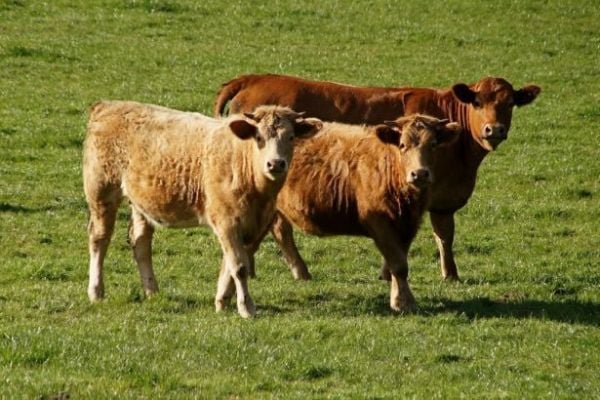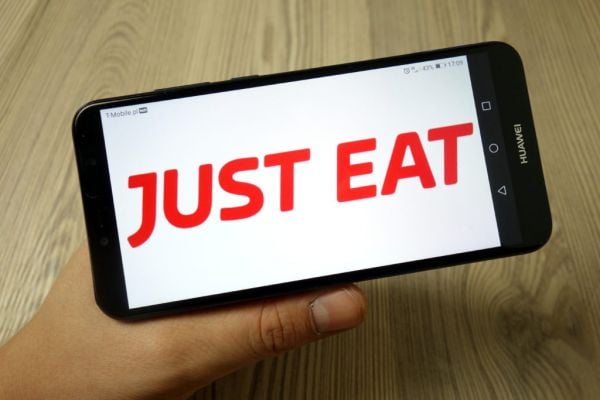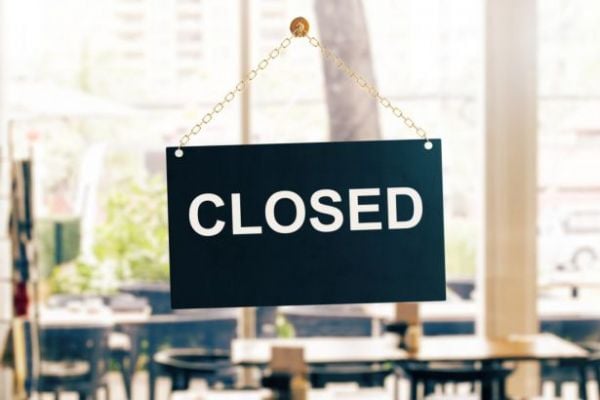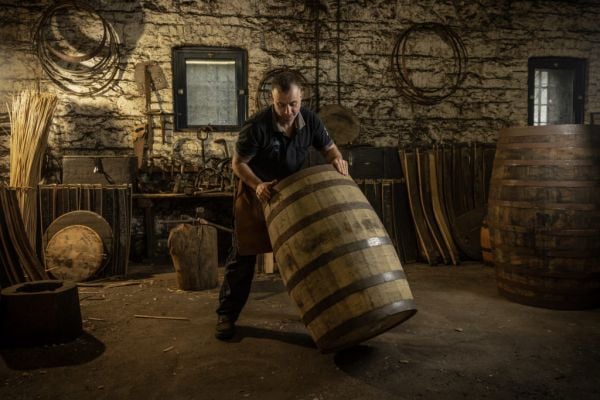For too many sandwiches, the bread is a bit actor, a mere vector for the cheese, meat, and vegetables nestled between the slices. Though supermarket aisles now include whole-grain, potato, and rye alongside the usual white loaves, breads are more often distinguished by their health claims—low-calorie! gluten-free!—than their flavour.
Yet for those willing to spend more than a few dollars per loaf, tens of thousands of grocery stores—including Kroger, Albertsons, D’Agostino, and other chains—sell La Brea Bakery’s artisanal breads. For about $5, a shopper can take home an olive, pecan-raisin, or roasted-garlic loaf. Last year the company began marketing an even higher-end, $8-per-loaf, single-origin line called La Brea Bakery Reserve. These loaves are made with Fortuna wheat, an heirloom variety grown in Three Forks, Mont., by Dean Folkvord, chief executive officer of Wheat Montana Farms & Bakery.
The result is both a tastier bread—with a crispy crust and a natural sweetness—and the kind of farm-to-table success story that many foodies would love to see replicated. The tale behind La Brea Bakery’s Reserve line explains the higher price point and will likely entice customers willing to pay extra for a good story, but it also highlights the challenges of the farm-to-table model.
Folkvord runs a model farm and has won multiple awards over the years for its stewardship and community contributions. He rotates crops such as lentils and chickpeas, naturally replenishing nitrogen in the soil, along with ancient grains like spelt and emmer wheat, on his 15,000 acres. He manages his water use and only grows crops that thrive in the climate he’s in.
“We started as the plain Jane wheat guys, too,” Folkvord says. “And we discovered that we don’t grow high quantities in this arid environment—but we do grow high quality.”
Global wheat prices are in the midst of a multiyear slump, but La Brea pays Folkvord about double the commodity price for his Fortuna. “Differentiated wheat got us out of the commodity market,” he says. “We’ve really positioned ourselves in a unique spot, and it’s a coveted position.”
La Brea takes a similar perspective, seeing the grain in its Reserve product as more like the grapes in a bottle of wine than the wheat in Wonder Bread. Creating the single-origin loaves, however, is no easy feat. About two years elapsed between La Brea’s introductory phone call with Folkvord and the first loaf landing on a shelf. Folkvord had to hunt down heirloom seeds, grow them, test the flour, and see what worked to both his and La Brea’s satisfaction.
For most farmers and bakers, this kind of relationship isn’t a realistic option. Even if more farmers had Folkvord’s expertise and could grow specialty wheat, that could create its own problems. Niche agricultural markets can be quickly flooded with supply, if too many farmers adopt them at once, says Arlan Suderman, chief commodities economist at INTL FCStone in Kansas City, Mo. Large food companies usually avoid sourcing ingredients from only a handful of farmers because bad weather can cut yield or curb quality in a given area, a problem for bakeries that bring in grain by the trainload and typically require specific crop characteristics to make a consistent product.
Although Folkvord contracts with other farms, he’s La Brea’s sole Fortuna supplier. “There is no contingency” if his crop fails, says Jonathan Davis, senior vice president for culinary research and innovation at the company.
Davis would love to grow the Reserve line to include other regions and varieties but says La Brea isn’t prepared to take on such an operation yet. “I just want to plant our roots in the Fortuna before we start expanding,” he says. The single-origin bread still amounts to less than 1 percent of the company’s business, according to Davis.
Persuading consumers to spend $8 on a loaf of bread has been “harder than we anticipated,” Davis allows. La Brea recently added two cheaper $2 Fortuna demi-baguettes to the Reserve line. “It’s more expensive” than a regular roll of a similar size, Davis says. “But not that much more expensive.”









